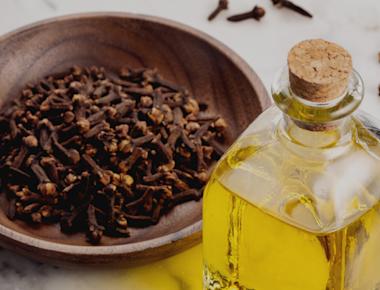

Table Of Contents
Is Sugar Consumption Linked to Obesity?
Worldwide, there has been a substantial increase in obesity rates over the past few decades, and a lot of research suggests that sugar consumption may be contributing to this problem. Glucose and fructose are two types of sugar, and they are absorbed and metabolized differently by the body. Studies have shown that these monosaccharides have different effects on hormones involved in energy homeostasis, or the coordinated regulation of food intake and the amount of energy used to maintain vital body functions (digestion, respiration, blood circulation), and as a result of physical activity. The varying effects of these types of sugar on the hormones could significantly affect how we respond to hunger and how likely we are to become obese.
How Individual Factors Affect Hormonal Responses to Glucose and Sucrose Consumption
Sucrose, or table sugar, is made up of equal parts glucose and fructose. Scientists have been looking into how these different sugars affect the body’s hormones but have not reached a clear conclusion yet, as studies have had some limitations. However, one study worth further investigation suggests a link between sucrose and glucose ingestion to glucagon-like peptide-1 (GLP-1). Obesity has been shown to significantly affect how hormones GLP-1, ghrelin, and peptide YY (PYY) respond to fructose and glucose. It is believed that GLP-1 promotes satiety, ghrelin signals hunger, and PYY reduces appetite. It has also been shown that insulin resistance may increase the potential harmful metabolic effects of fructose consumption. To find new insights into personalized nutrition, we need to understand how individual characteristics like gender, obesity, and insulin sensitivity affect hormonal responses to glucose and sucrose ingestion.
The objective of this study was to determine the effects of sucrose compared to glucose on hormones that help regulate energy balance. The researchers would test their hypothesis that there is a variation in how gut hormones (GLP-1, PYY, acyl-ghrelin) would respond to sugar. Those differences would depend on gender, body weight, and insulin sensitivity.
The Study on the Effects of Sucrose Vs. Glucose on Hormones in Regulation of Energy Balance
During the initial screening visit, an oral glucose tolerance test (OGTT) and an oral sucrose tolerance test were conducted on the study enrollees after a 12-hour overnight fast. Height and weight were taken, and body mass index (BMI) was calculated.
69 young adults completed the study. They consumed 300-milliliter drinks containing 75 grams of glucose or sucrose on two occasions with an interval between 2 to 30 days and after a 12-hour overnight fast. Blood samples were taken at baseline, 10, 35, and 120 minutes after drinking for glucose, insulin, GLP-1, PYY, and ghrelin measures. Whole-body insulin sensitivity index (ISI) was computed on the two-hour OGTT. Participants were classified as whole-body insulin resistant if ISI was equal to or lower than 2.5 and insulin-sensitive if ISI was above 2.5.
We tested for interactions between:
- BMI status (lean, overweight, or obese) and sugar
- Gender and sugar
- Insulin sensitivity and sugar on the differential response to sucrose versus glucose.
The Results
As expected, individuals who are overweight and obese had higher insulin and acyl-ghrelin levels than those who are lean.
When the two sugars were compared, sucrose ingestion produced a lesser robust rise in plasma glucose, insulin, GLP-1, and PYY. This response of hormones indicates that sucrose is less effective than glucose in suppressing hunger and the feeling of satiation. In contrast, acyl-ghrelin suppression was similar between the sugars.
We found significant interactions between BMI status and sugar for glucose and PYY. Obese individuals had smaller increases in plasma glucose and PYY levels after consuming sucrose, indicating that oral sucrose induces a less favorable satiety response than oral glucose among the obese. In other words, excessive sucrose consumption may perpetuate obesity.
There were also significant interactions between insulin sensitivity and sugar for plasma glucose and GLP-1 levels. The diminished increase in plasma glucose was more evident in an insulin-resistant group than in insulin-sensitive participants. A smaller increase in GLP-1 levels was more pronounced in insulin-sensitive than insulin-resistant individuals.
A significant interaction between gender and sugar was also observed for GLP-1; that is, men showed smaller increases in GLP-1 in response to sucrose.
The Conclusion
Obesity, insulin sensitivity, and gender influence the responses of appetite-regulating hormones to sugars such as sucrose and glucose. Sucrose is less effective at signaling postprandial satiation than glucose.
Reference
Health Enthusiast
Expertise
Subscribe to our newsletter!
Quick Links
Legal Stuff








